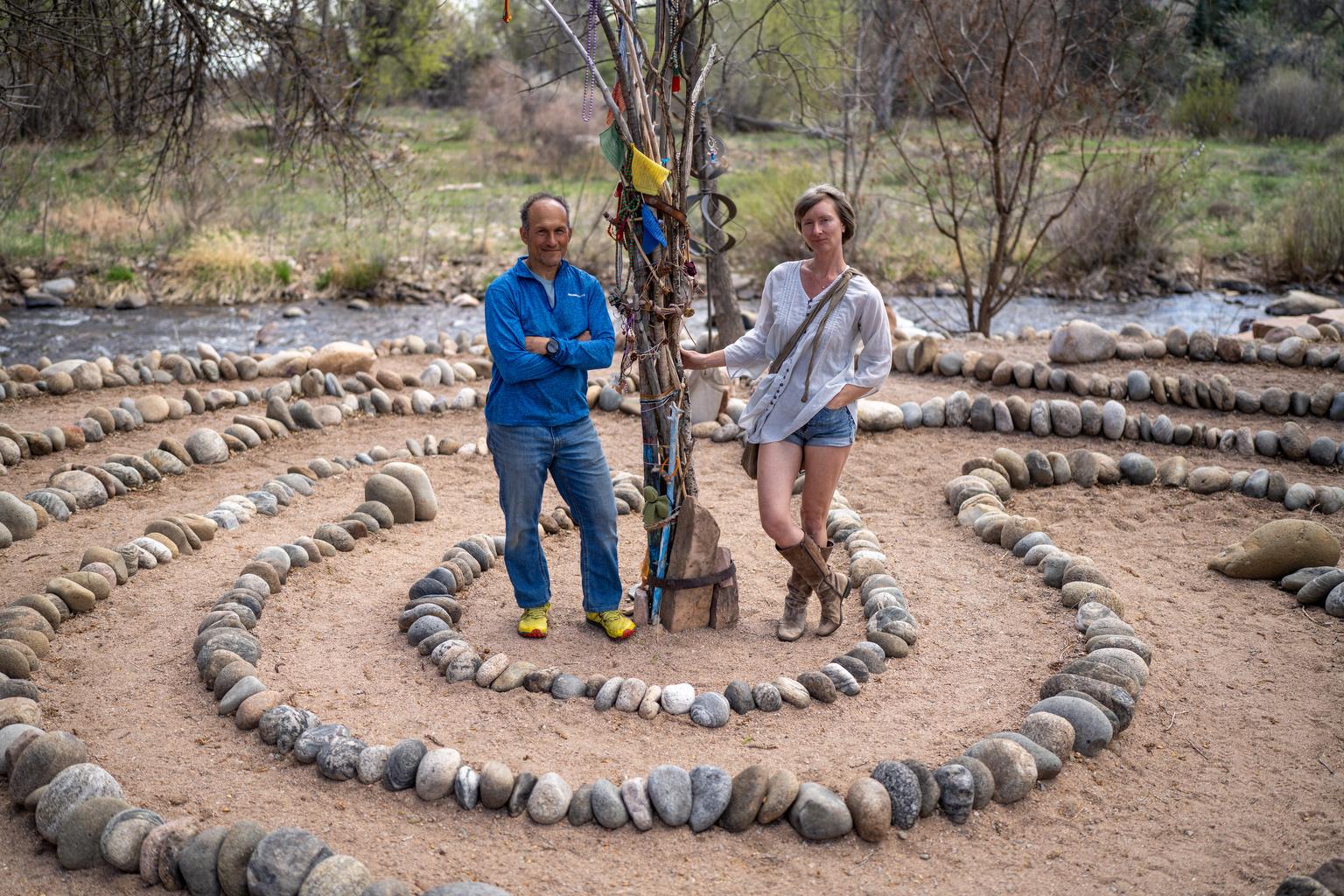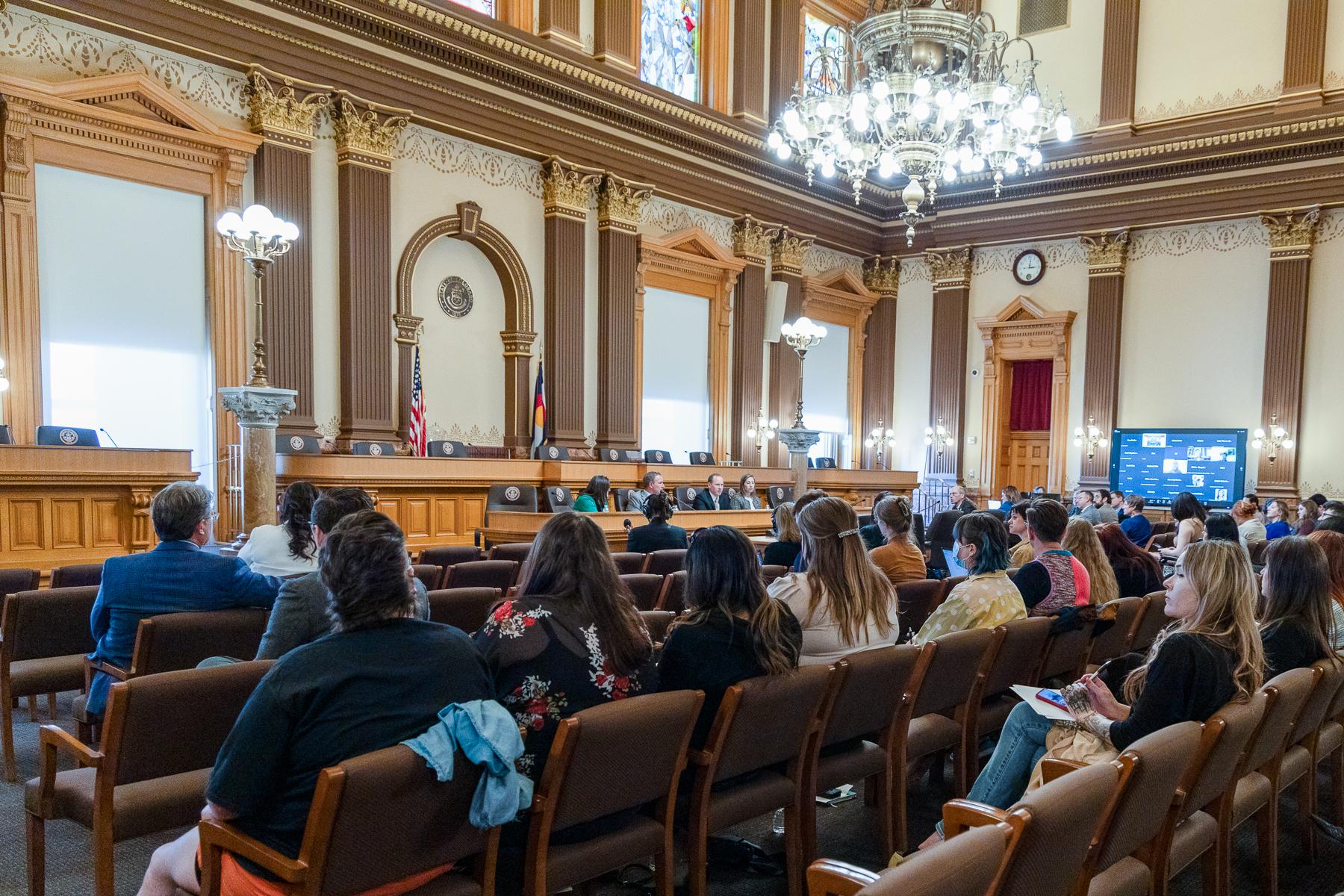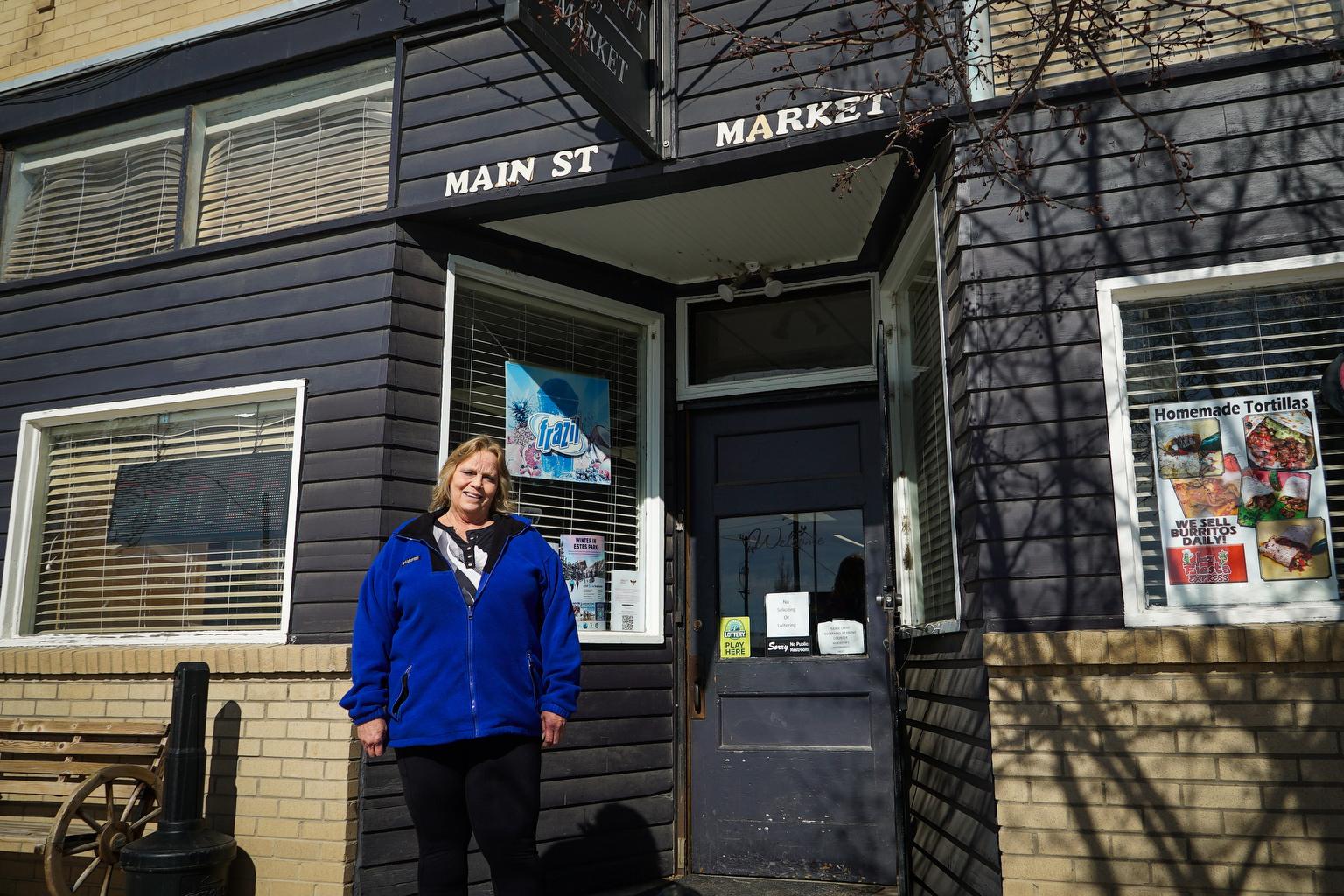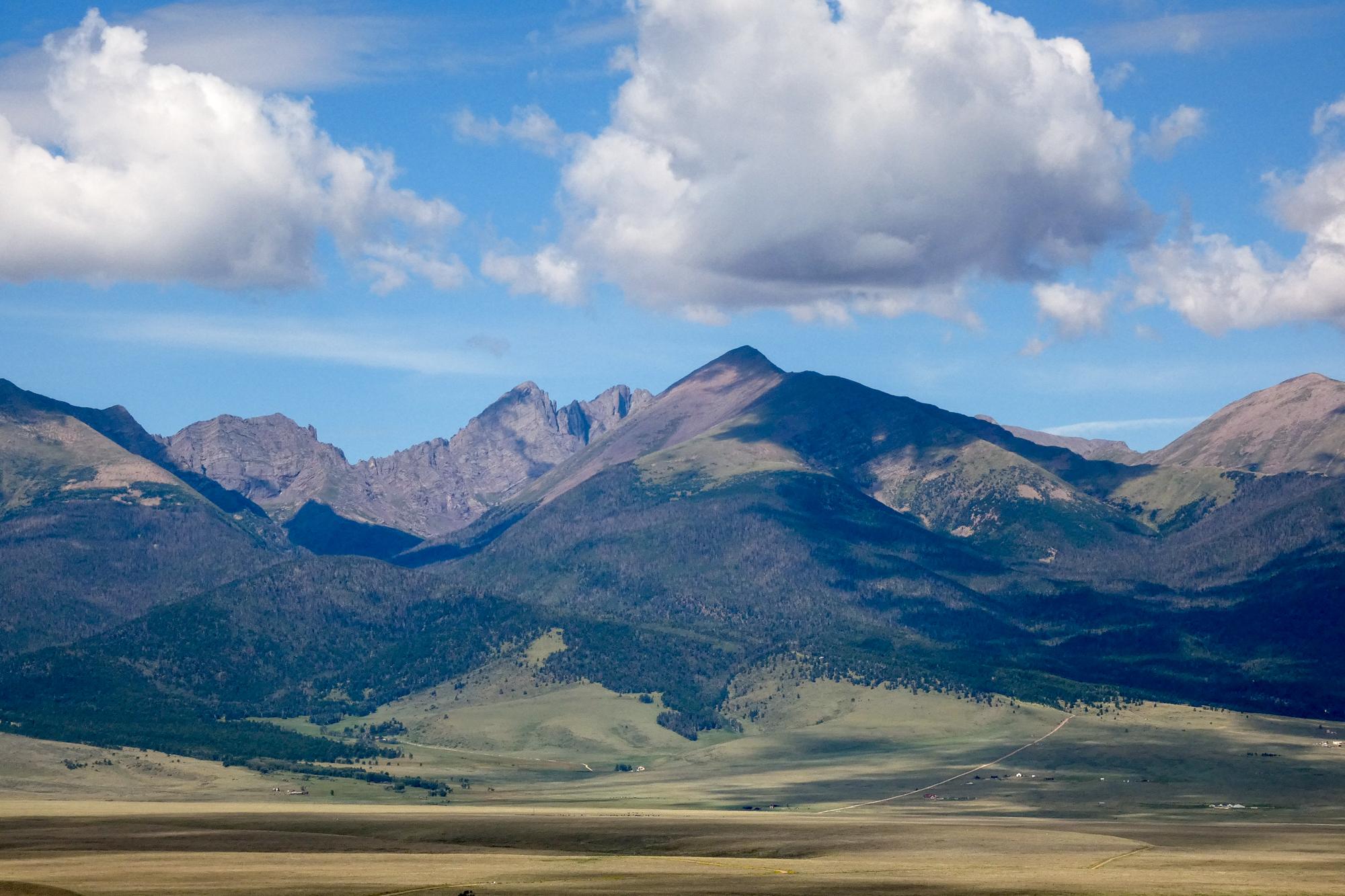
The federal government is considering renaming Kit Carson Mountain, a ridge with multiple fourteeners in southern Colorado’s Sangre de Cristo Mountains.
During a recent update for the Colorado Geographic Naming Advisory Board, Jennifer Runyon of the U.S. Board on Geographic Names said four proposals have been submitted so far as possible replacements.
“The debate has to take place first,” she said. “It's whether Kit Carson should be removed? If the answer is no, these replacements are all kind of irrelevant.”
The 1800s-era Army officer Kit Carson’s legacy has been connected to violence against indigenous people.
The four proposed names include Mount Crestone, Lawrence Peak, Tabeguache-Ute Peak and Frustum Peak.
Kizzen Laki is a trustee for the town of Crestone which sits near the western foot of the Sangre de Cristos and proposed the name Crestone Mountain. According to Laki, most long-time residents refer to Kit Carson Mountain as Crestone Peak, even though there is another mountain which officially bears that name.
She said their proposal has a twofold purpose. “One is to remove the name Kit Carson, which is an offensive name to the people in the (San Luis) Valley and (more) broadly, Native Americans have found the name offensive,” she said.
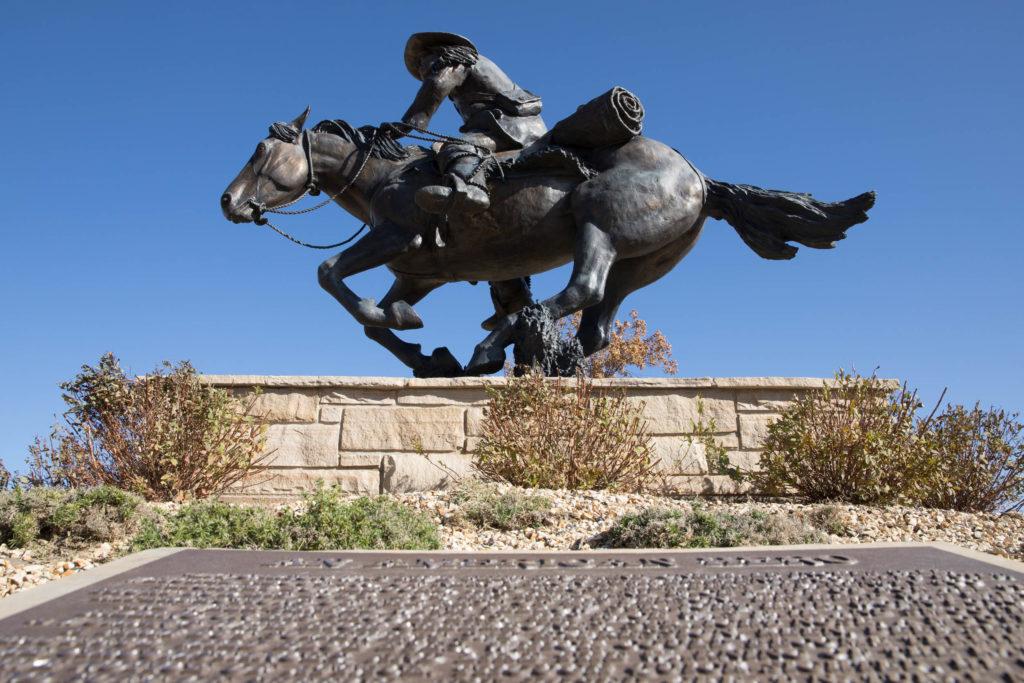
“Then to go back with what the historical name was, (but) Crestone Peak has already been taken,” she said.
Runyon said there might be concern due to the similarity between Crestone Mountain, Crestone Peak or Crestone Needle.
“Is it up to us sitting in DC to say, ‘yes, you are confused, you will be confused’?” she said. “That's a tough one. You're weighing in different policies: local support, local use and acceptance versus a duplicate name issue.”
Crestone, the town, and a portion of the Sangre de Cristo range are located in Saguache County in the San Luis Valley. Area resident Richard Trotter spoke on behalf of his proposal for Lawrence Peak, in honor of John Lawrence who founded Saguache County in the 1800s. According to Trotter, Lawerence was a strong advocate for the county in his time, spoke both Ute and Spanish, and brought people together. But, he said the local museum declined to support the idea and there were some longtime area families who were against it.
Trotter said, “I almost gave up, but then I thought about an old saying that if you're remembered by your friends, that's awesome, but if you're remembered by your enemies, that's almost as good.”
No one was in attendance to speak on behalf of the other two names, Tabeguache-Ute Peak and Frustum Peak.
Runyon said Tabeguache-Ute Peak has tribal relevance. Frustum Peak refers to a geometric term for a flat-topped cone or pyramid. And it is possible that additional names may be submitted. According to Runyon, the geography and the history of peak names in the area is complicated.
A history of names along a ridge of fourteeners
Runyon told the board the physical feature currently known as Kit Carson Mountain is a long ridge that consists of three summits, including Challenger Point (14,087 feet) and Columbia Point (13,986 feet) — named in 1987 and 2003 to honor the crews of the NASA space shuttles that were lost in those flight disasters. The third and highest summit lies between them and is now not officially named. However, it was originally designated as Kit Carson Peak in 1906, but in 1970 the federal agency chose to amend that decision and apply the name Kit Carson Mountain to the entire ridge.
In 2011, there was a proposal to return the name Kit Carson Peak to the highest point on the ridge (14,171 feet), and a second proposal to name it Tranquility Peak, after a module on the International Space Station. Neither were approved by the agency.
The next ridge to the southeast is known as the Crestone Peaks, which contains three peaks. They were officially named Crestone Peak (14,300 feet) and Crestone Needle (14,203 feet) in 1969, and a third peak was named Broken Hand Peak (13,573 feet) in 1970.
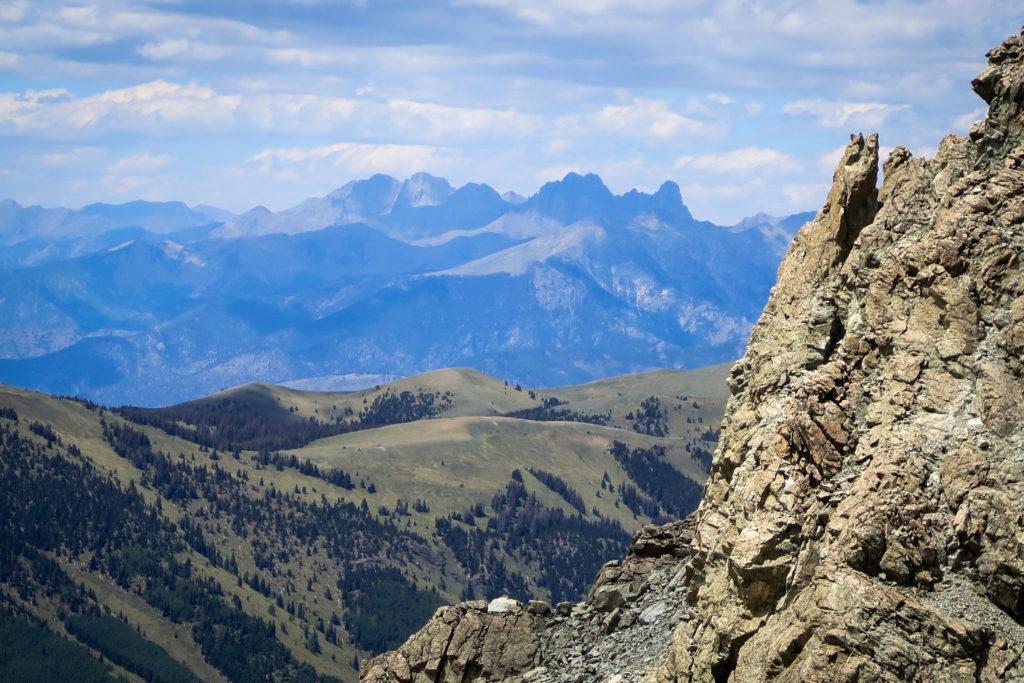
There was discussion about renaming the Crestone Peaks too. According to Runyon that would require a formal proposal.
Runyon also said it is important to hear from tribes and local communities, as well as hikers and climbers, search and rescue, law enforcement, and first responders in the area.
“That's a concern in these mountainous areas,” she said, particularly if the names are reshuffled. “If you're sending somebody up to Crestone, where are you sending them?”
Custer County is located on the eastern side of the Sangre de Cristos, and teams from that county, along with Saguache County personnel, often respond for rescues on both the Crestone Peaks and Kit Carson Mountain.
The next step in the process is for the federal agency to do tribal and community outreach. Then the state's geographic naming advisory board will likely discuss the change again at their next meeting in late March.

